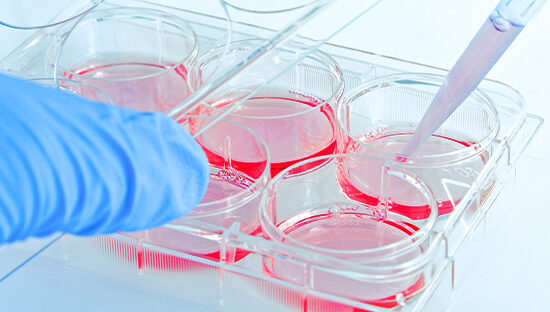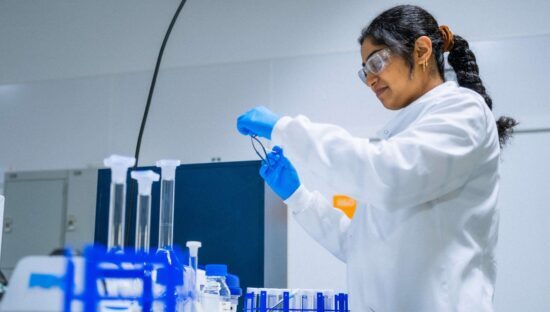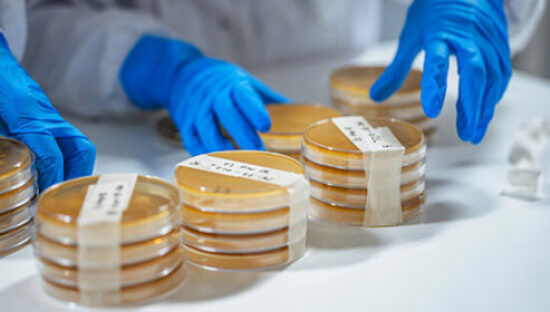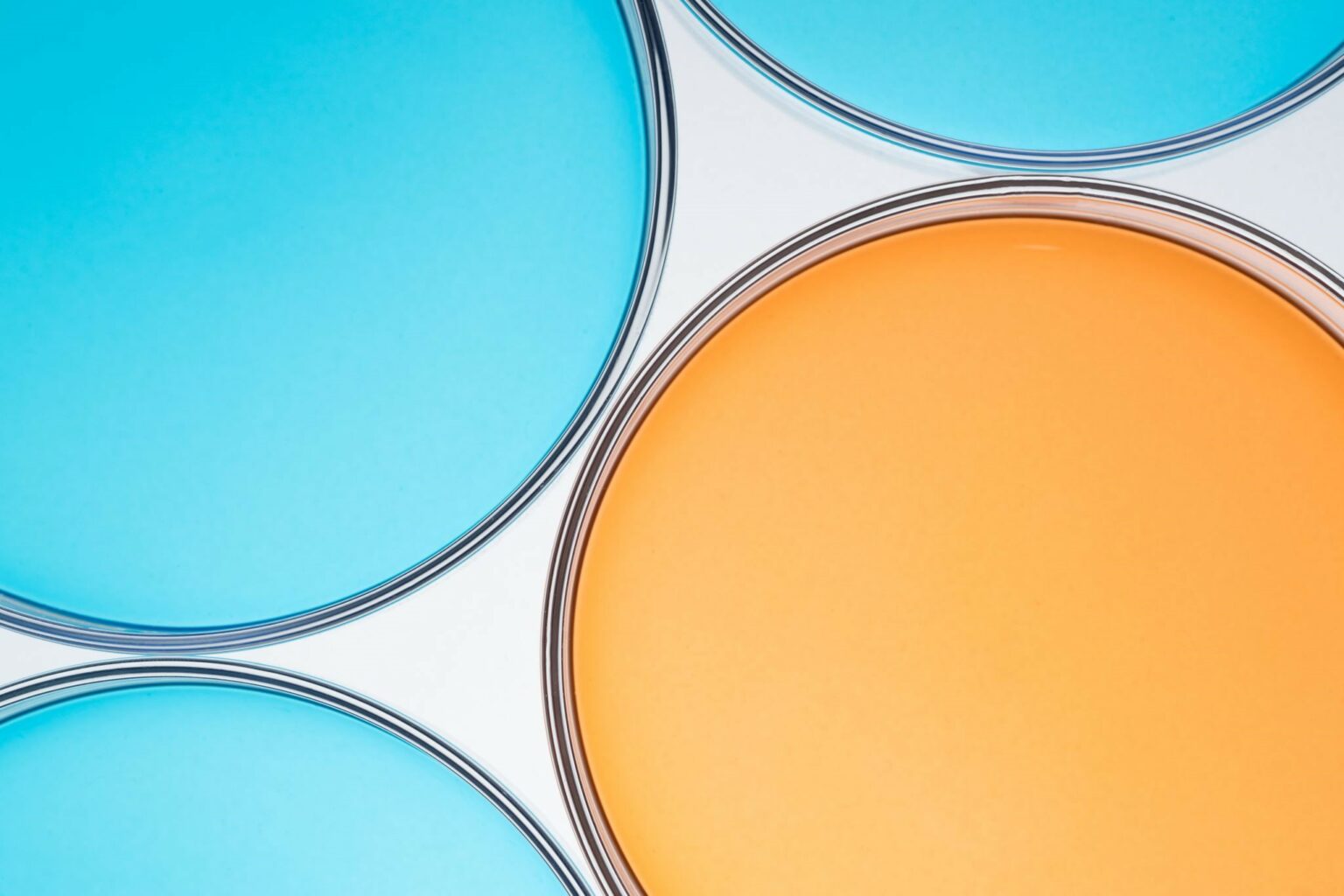
What is a total viable count?
Total viable count (TVC) is a measurement that estimates the total amount of living microorganisms in a sample, this includes bacteria, yeast or mould species. TVC counts are usually regarded as ‘non-selective’ as the growth media can grow a diverse number of microorganisms. In comparison, the cultivation of specific organisms, such as Legionella, would require ‘selective’ media and methodology to promote the growth of the targeted organism and discourage the growth of other organisms.
TVC testing is commonly used to monitor the level of microorganisms in a specific environment or product, typically to identify if applicable safety limits have been breached in terms of the number of microorganisms present, and whether further action is required. These ‘alert’ limits are usually set by a specific regulatory body e.g., MHRA, PHE, ISO standards or by the manufacturer; hence, monitoring Total viable count in accordance with these guidelines is of high importance. For example, water testing companies must comply to the guidance notes and legislation by the Health and Safety at Work Act 1974 and Health and Social Care Act 2008.
What does total viable count tell you?
TVC is helpful in recognising abnormal trends in which changes in microbial counts could allude to justifications as to why these changes have occurred. For example, a significantly high TVC was identified in multiple business buildings across London that were forced to close for a long period of time due to COVID19. The high TVC identified allowed for an investigation to be conducted which concluded that the lack of water usage in these buildings due to common occurrences such as ‘flushing’, contributed to the increase in counts. Henceforth, TVC counts allows for the recognition of abnormalities in trends, which allow for following justifications and resolutions.
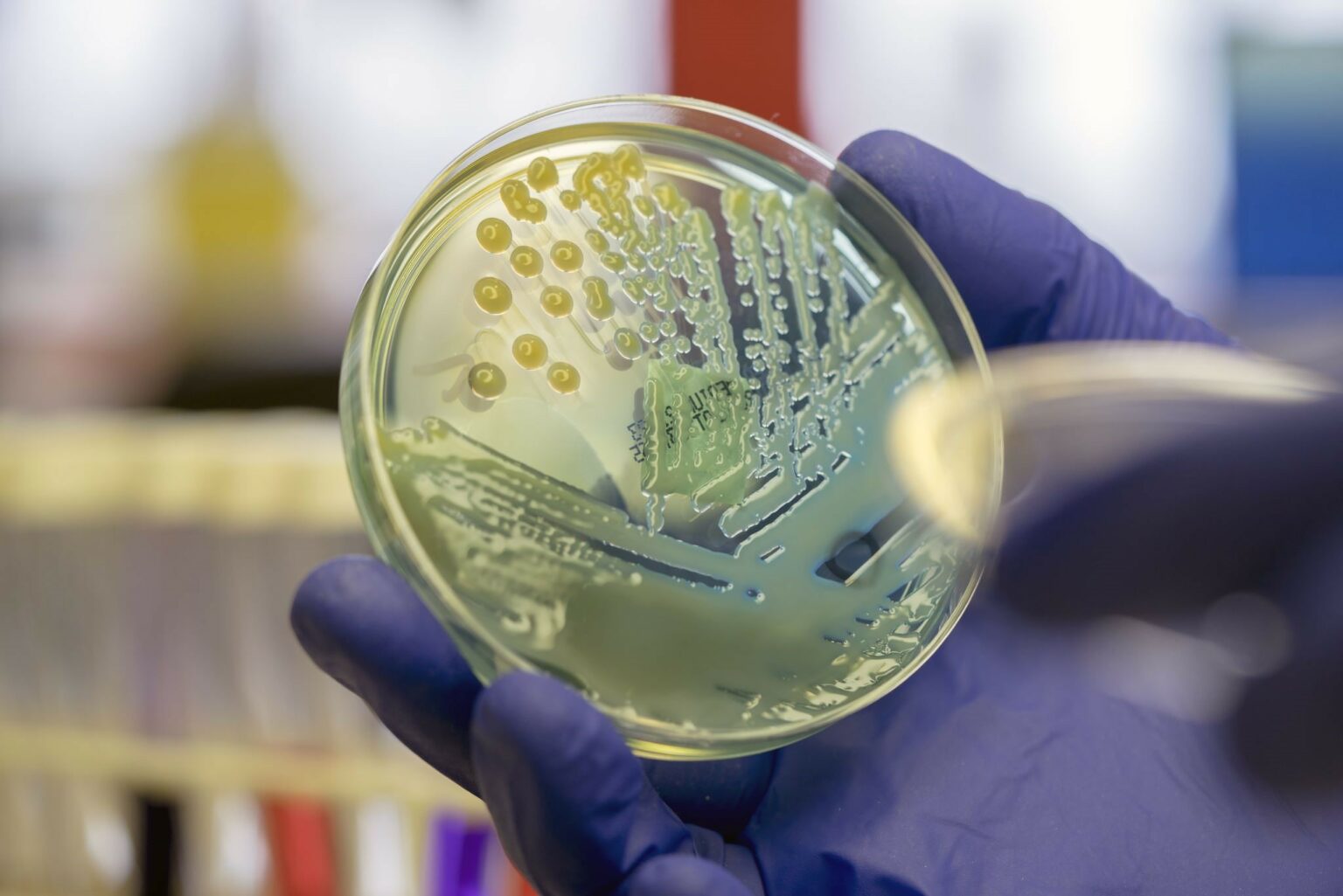
How to calculate total viable count?
The samples can be taken from the environment through a range of methods such as contact plates, swabs, or using specific equipment that sample the environment. These samples are then incubated for a set time and temperature depending on the type of microorganism expected to grow. An example of this is in drinking water systems, where samples should be incubated at both 22˚ C and 37 ˚ C according to BS EN ISO 6222. This is to identify the microorganisms which may grow at the temperature the water is stored at/room temperature, as well as at the temperature in the human body. Any growth at 22˚ C would be considered harmless, however at 37˚ C these microorganisms are considered risk to health as they can successfully survive in humans.
Total viable count limits
The limitation of the TVC testing includes the incapacity to construct an environment with a set of conditions that are ideal for all the organisms that are likely to be present, hence they are not completely representative of the ‘real life’ environment. Secondly, the TVC microbiology measurement is only an estimate and results must be considered in terms of a significant change from the last reading, therefore significance is only established via a high degree of change in the TVC testing. Lastly TVC is not a specific measurement and further testing such as biochemical analysis would be required for species-level identification of recovered microorganisms.
Environmental Monitoring
Here at Test labs, Total viable count (TVC) is used for environmental monitoring by identifying the level of contaminants in the air, surfaces and water. Air contamination can be monitored via a bio sampler and/or using settle plates based on BS EN 17141:2020.
In surface sampling, samples are collected via swabs according to EN 17141:2020/ BS EN ISO 14698, and/or via contact plates according to ISO 14644-1:2015/ ISO 21501-4:2018.
Total viable count (TVC) is also a big part of bioburden testing for Medical Device. To ensure a level of cleanliness, manufacturers need to determine the presence or absence of bioburden on their sterile or non-sterile medical devices according to requirements of ISO 11737-1:2018+A1:2021. The ISO 11737-1:2018+A1:2021 specifies the requirements to be met for the determination of bioburden of a medical device. This is often expressed in Total viable count (TVC) as it is important to understand if the total bioburden level is still low enough to be eradicated during sterilisation.


